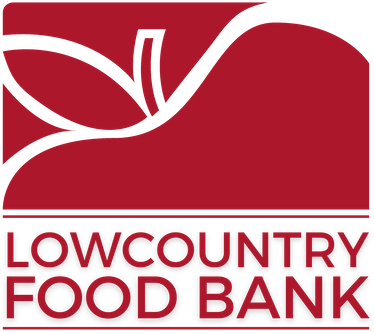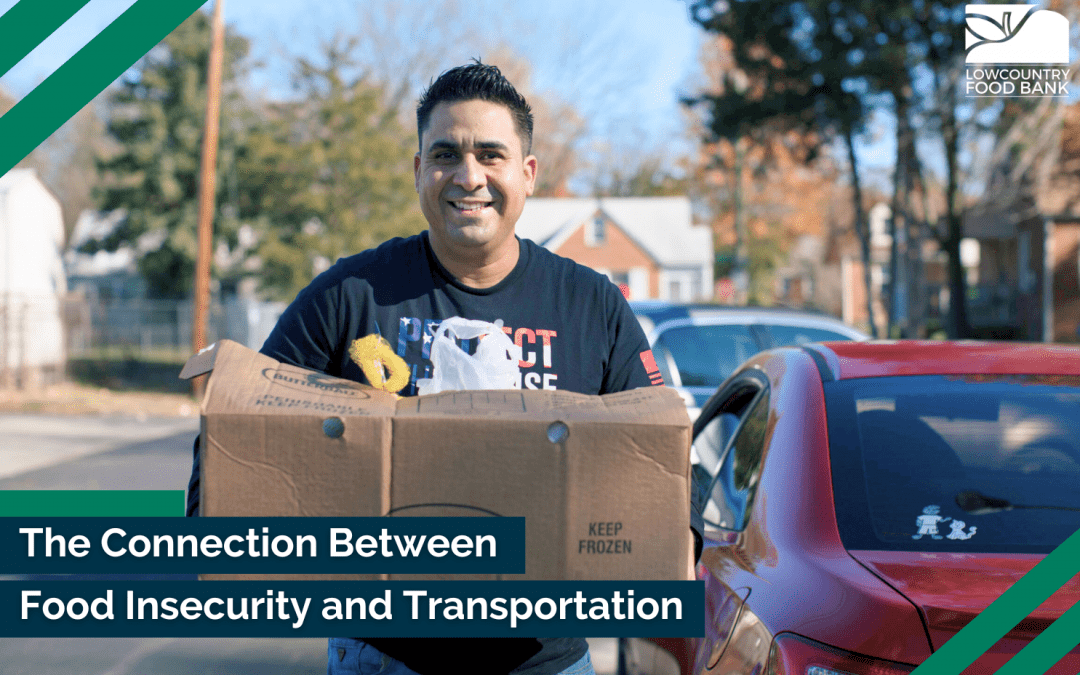Think about the last time you visited the grocery store. Did you drive there? How far did you have to go? Even if your closest store is only a few minutes from home – perhaps even within walking distance- does it have all the foods you need? Can you get what you need at reasonable prices or do you end up traveling farther or visiting more than one store in order to stay within budget? We often go about the business of shopping for food without much thought to the logistics of it – the time of day we go, the distance we have to travel, how we’re going to get there and then home again, how we’re going to carry everything we buy. That’s a luxury many neighbors don’t have though. Access to – or lack of – reliable transportation can impact quality of life in numerous ways, acquiring food being one of them. That’s why transportation is considered one of the Social Determinants of Health.
Access to healthy food can be impacted by a lack of transportation and long distances between where people live and supermarkets or grocery stores. In many rural communities, the closest full-service market may be many miles away. Corner and convenience stores may stock only limited – or no – fresh produce, meats and dairy. If they do, prices are likely higher than at the supermarket, making it harder for people to afford. Without a personal vehicle – or if someone is unable to drive due to age, disability, or a chronic condition- they may be reliant on others to get them to the store, which also limits the frequency with which they can access foods they need. Public transportation is often limited or non-existent in smaller communities.
Some of the same challenges can affect urban residents. There may be more stores, but a lack of reliable transportation can still put them out of reach. Imagine a household with a single vehicle that must be shared between multiple adults who need it for work, transporting children, and other errands. Or a senior who cannot drive anymore who may live within walking distance of a store but still can’t access it due to mobility issues or the challenge of not being able to carry home the foods they purchase. Public transit can help but again may be limited depending on when and where someone is going. And if the weather is bad, and neighbors have to walk between a bus stop and home, it may create another barrier to successfully getting the food they need.
Oftentimes at community food distributions, like our Fresh For All’s and Mobile Pantries, we’ll encounter people picking up food for multiple neighbors who are unable to get there themselves. While a great example of neighbors helping each other, this is not a long-term solution. Knowing how essential transportation is to accessing the food we all need to thrive, what more can we do within our communities to support reliable transportation options for everyone?
About the Lowcountry Food Bank: Feed. Advocate. Empower.
The Lowcountry Food Bank serves the 10 coastal counties of South Carolina and distributed more than 42 million pounds of food in 2023. The Lowcountry Food Bank helps fight hunger by distributing food to nearly 240 partner agencies including on-site meal programs, homeless shelters, and emergency food pantries. The Lowcountry Food Bank advocates on behalf of those who experience hunger and helps empower people to make healthy and nutritious food choices. For more information, visit the Lowcountry Food Bank website.


Recent Comments